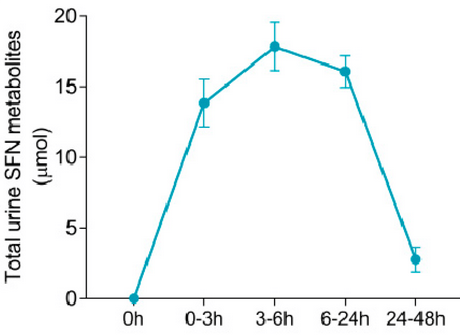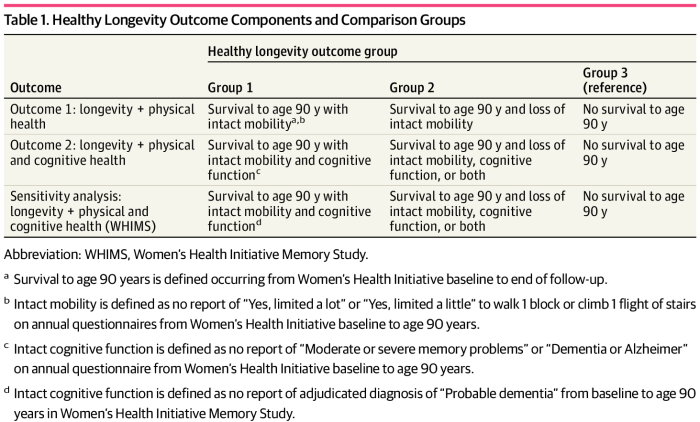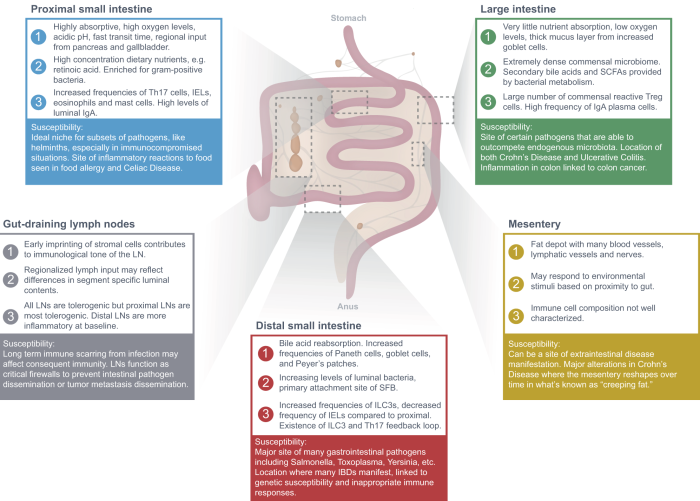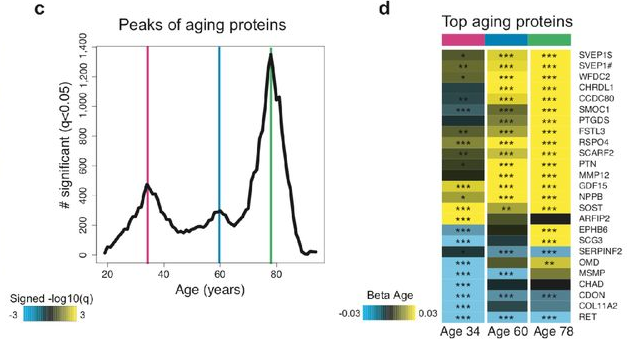A 2020 study Combined Broccoli Sprouts and Green Tea Polyphenols Contribute to the Prevention of Estrogen Receptor–Negative Mammary Cancer via Cell Cycle Arrest and Inducing Apoptosis in HER2/neu Mice (not freely available) conclusion was:
“Lifelong BSp [broccoli sprouts] and GTP [green tea polyphenol] administration can prevent estrogen receptor–negative mammary tumorigenesis through cell cycle arrest and inducing apoptosis in HER2/neu mice.”
These researchers had unaddressed insufficiencies in this study that were also in their 2018 study as curated below. The largest item that required translation into human applicability was rodent diet content of 26% “broccoli sprout seeds.”
You may be surprised to read the below previous study’s unevidenced advice to eat double the weight of broccoli sprouts that I eat every day. You won’t be surprised that it’s not going to happen. Especially when no alternatives were presented because rodent diet details weren’t analyzed and published.
Sulforaphane is an evolved defense mechanism to ward off predators, and eating it is evolutionarily unpleasant. Will people in general and pregnant women in particular eat a diet equivalent to 26% “broccoli sprout seeds?”
Where were peer reviewer comments and researcher responses? Are these not public as they are by all Open Access journals hosted on https://www.mdpi.com/?
Sponsors and researchers become locked into paradigms that permit human-inapplicable animal research year after year. What keeps them from developing sufficient human-applicable evidence to support their hypotheses?
This 2018 Alabama rodent study investigated the epigenetic effects on developing breast cancer of timing a sulforaphane-based broccoli sprouts diet. Timing of the diet was as follows:
- Conception through weaning (postnatal day 28), named the Prenatal/maternal BSp (broccoli sprouts) treatment (what the mothers ate starting when they were adults at 12 weeks until their pups were weaned; the pups were never on a broccoli sprouts diet);
- Postnatal day 28 through the termination of the experiment, named the Postnatal early-life BSp treatment (what the offspring ate starting at 4 weeks; the mothers were never on a broccoli sprouts diet); and
- Postnatal day 56 through the termination of the experiment, named the Postnatal adult BSp treatment (what the offspring ate starting when they were adults at 8 weeks; the mothers were never on a broccoli sprouts diet).
“The experiment was terminated when the mean tumor diameter in the control mice exceeded 1.0 cm.
Our study indicates a prenatal/maternal BSp dietary treatment exhibited maximal preventive effects in inhibiting breast cancer development compared to postnatal early-life and adult BSp treatments in two transgenic mouse models that can develop breast cancer.
Postnatal early-life BSp treatment starting prior to puberty onset showed protective effects in prevention of breast cancer but was not as effective as the prenatal/maternal BSp treatment. However, adulthood-administered BSp diet did not reduce mammary tumorigenesis.
The prenatal/maternal BSp diet may:
- Primarily influence histone modification processes rather than DNA methylation processes that may contribute to its early breast cancer prevention effects;
- Exert its transplacental breast cancer chemoprevention effects through enhanced histone acetylation activator markers due to reduced HDAC1 expression and enzymatic activity.
This may be also due to the importance of a dietary intervention window that occurs during a critical oncogenic transition period, which is in early life for these two tested transgenic mouse models. Determination of a critical oncogenic transition period could be complicated in humans, which may partially explain the controversial findings of the adult BSp treatment on breast cancer development in the tested mouse models as compared the previous studies. Thus long-term consumption of BSp diet is recommended to prevent cancers in humans.”

“The dietary concentration for BSp used in the mouse studies was 26% BSp in formulated diet, which is equivalent to 266 g (~4 cups) BSp/per day for human consumption. The concentration of BSp in this diet is physiological available and represents a practical consumption level in the human diet.
Prior to the experiment, we tested the potential influences of this prenatal/maternal BSp regimen on maternal and offspring health as well as mammary gland development in the offspring. Our results showed there was no negative effect of this dietary regimen on the above mentioned factors (data not shown) suggesting this diet is safe to use during pregnancy.”
I didn’t see where the above-labelled “Broccoli Sprout Seeds” diet content was defined. It’s one thing to state:
“SFN as the most abundant and bioactive compound in the BSp diet has been identified as a potent HDAC inhibitor that preferably influences histone acetylation processes.”
and describe how sulforaphane may do this and may do that, and include it in the study’s title. It’s another thing to quantify an animal study into findings that can help humans.
The study’s food manufacturer offers dietary products to the public without quantifying all contents. Good for them if they can stay in business by serving customers who can’t be bothered with scientific evidence.
Any difference between the above-labelled “Broccoli Sprout Seeds” and broccoli seeds? Where was any evidence that “Broccoli Sprout Seeds” and SPROUTED “Broccoli Sprout Seeds” were equivalent per this claim:
“Equivalent to 266 g (~4 cups) BSp/per day for human consumption. The concentration of BSp in this diet is physiological available and represents a practical consumption level in the human diet.”
To help humans, this animal study had to have more details than the food manufacturer provided. These researchers should have either tasked the manufacturer to specify “Broccoli Sprout Seeds” content, or contracted out analysis if they weren’t going to do it themselves.
Regarding timing of a broccoli sprouts diet for humans, this study didn’t provide evidence for recommending:
“Long-term consumption of BSp diet is recommended to prevent cancers in humans.”
http://cancerpreventionresearch.aacrjournals.org/content/early/2018/05/15/1940-6207.CAPR-17-0423.full-text.pdf “Temporal efficacy of a sulforaphane-based broccoli sprout diet in prevention of breast cancer through modulation of epigenetic mechanisms”





















